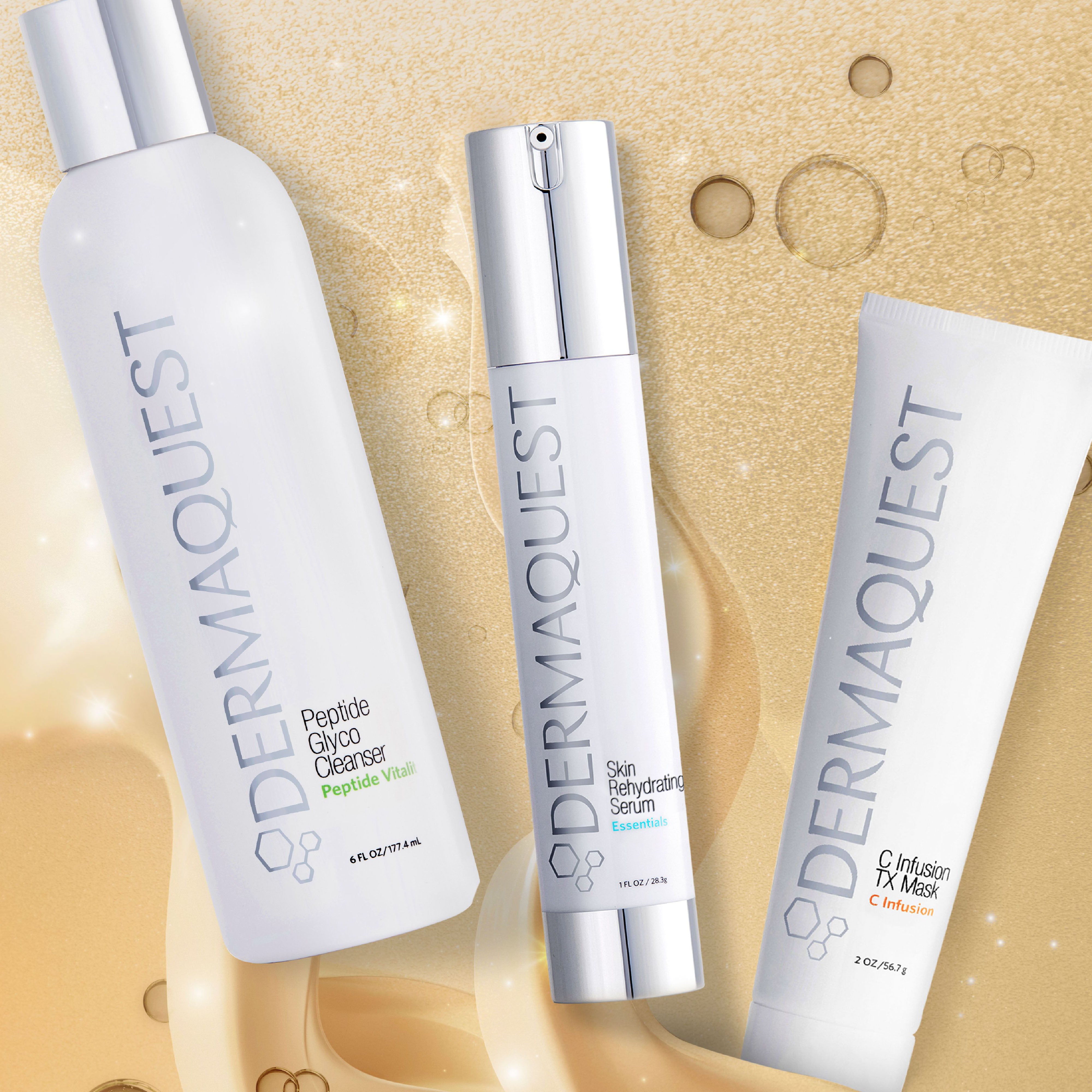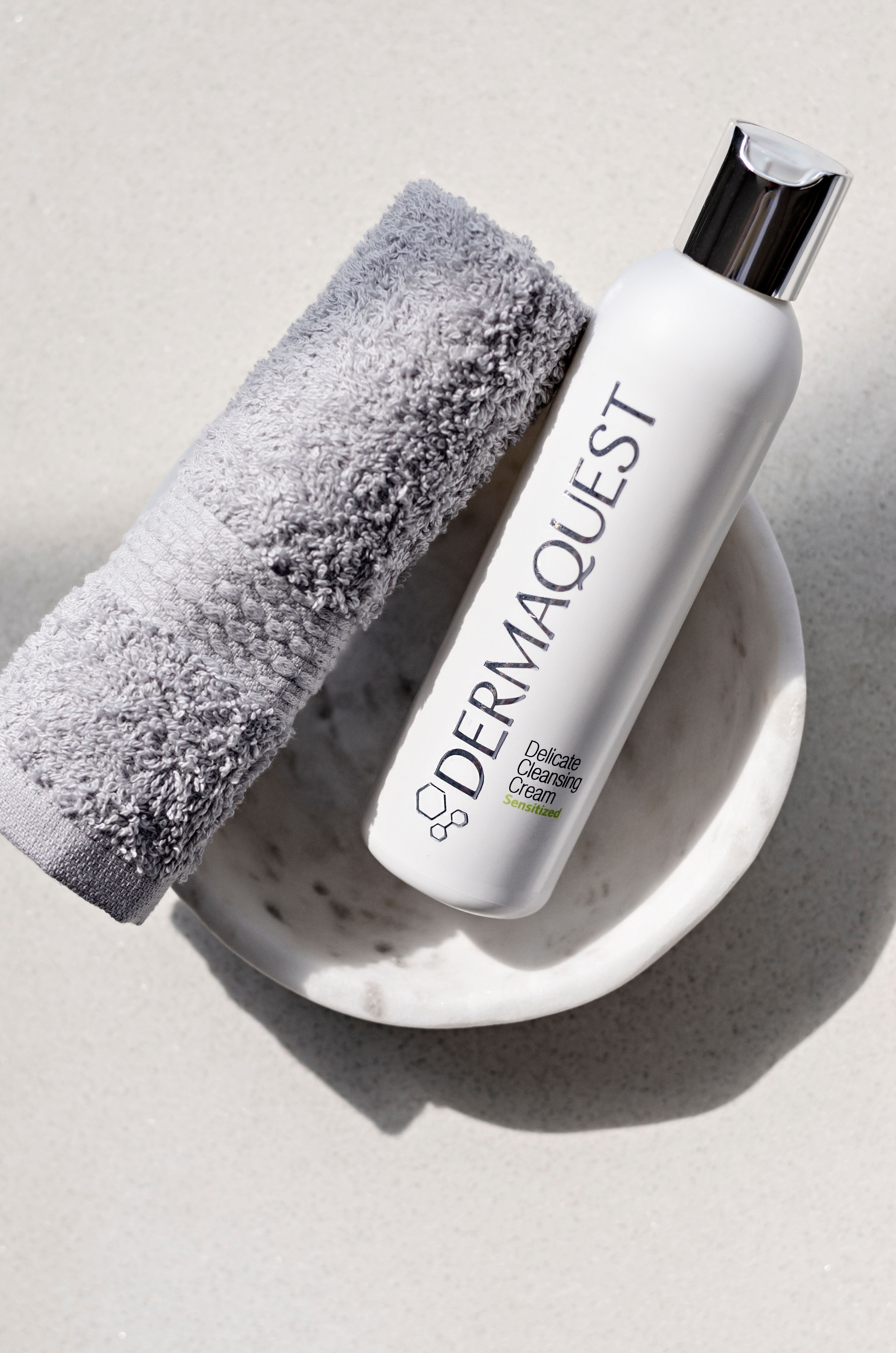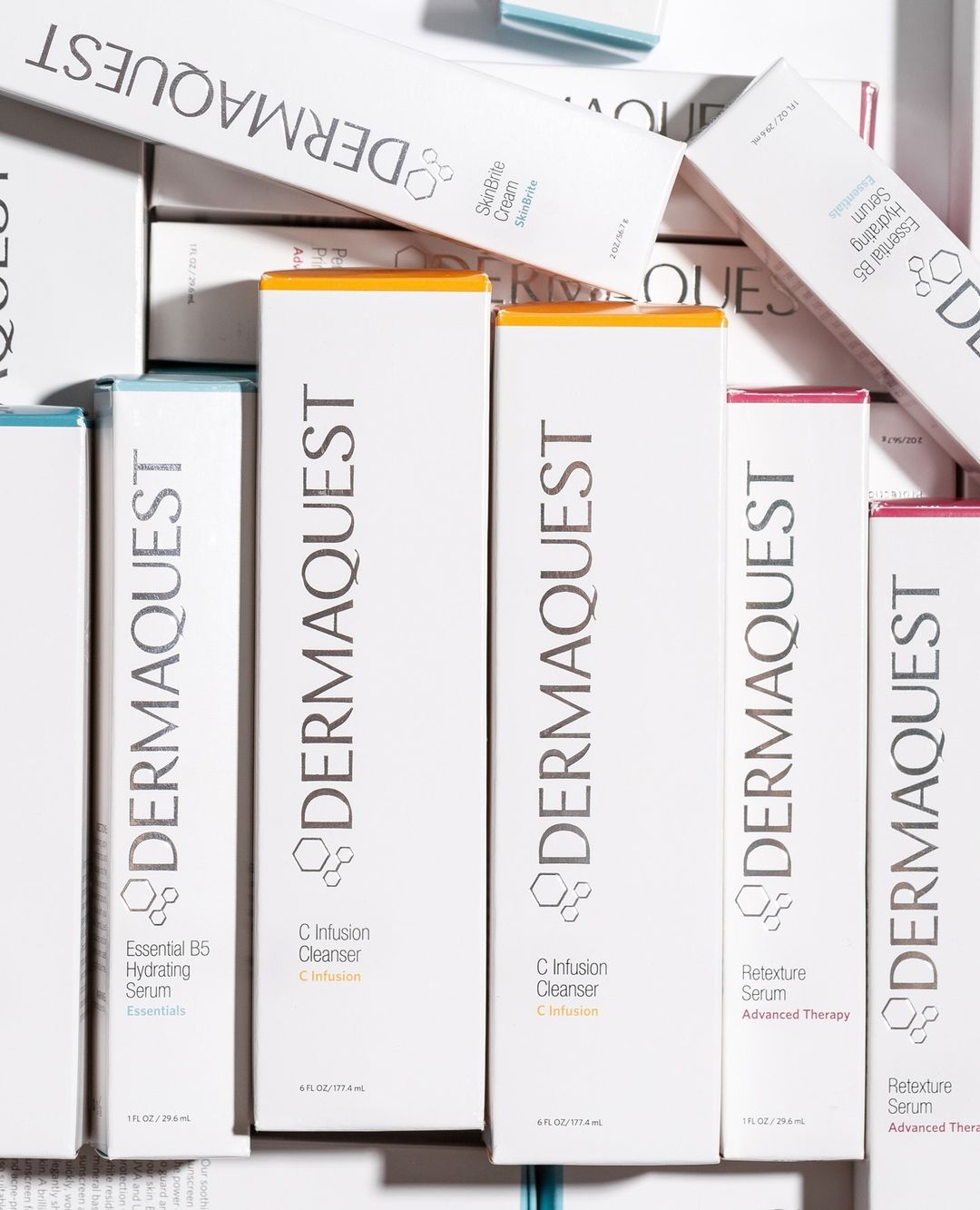Moisturisers
Introducing
Skincare
A good skincare routine is the key to clearer, more radiant skin. Choosing the right products for your particular skin type is also important in order to see effective results.
Our range of skincare products are created based on decades of research, knowledge and experience. Each product is designed to work with specific internal functions of the skin by matching the body’s chemistry to work effectively in tangent with our professional treatments.
Everyday application helps to protect the skin from the sun, free radicals and other environmental factors while they assist to maintain and prolong the results achieved in professional treatments.
How to look after your skin at home?
The Perfect 7-Step Skincare Routine
Whether you have a two-or seven-step routine, there’s one thing anyone can do to improve their skincare, which is always to apply skincare products in the right order. No matter your skin concerns, you should always start with a clean, toned base, then from there apply concentrated, active ingredients, and always finish by sealing in moisture—and, of course, never forget SPF in the daytime (AM). Here are the steps for a good skincare regimen:
1. Micellar Water: Using micellar water to remove make-up and refresh your skin. Micellar water is not only gentle but also highly effective at removing dirt, makeup, and oil to help clear out your pores while toning the skin. Plus, it's free of alcohol and may help promote skin hydration while reducing irritation and inflammation, keeping your skin soft, supple, and smooth
2. Wash your face. The mosting important step is Morning and Night, rinse your face with water and rub a small amount of gentle cleanser between clean palms. Massage the facial wash all over your face using gentle pressure. Rinse your hands and massage your face with water to rinse your face until you’ve removed the cleanser and grime. Gently pat your face dry with a soft towel. If you wear makeup, you may need to cleanse twice at night. First, remove your makeup with cleansing oil or micellar water. Try leaving dedicated eye-makeup removers on for a couple of minutes to assist with the removal of the makeup more easily and avoid rubbing your eyes. Follow up with a full-face gentle cleanse.
3. Apply Toner. If you use toner, apply the toner after cleansing your face and before everything else. Use a few drops of toner into your palms or a cotton pad and gently swipe onto your face. If your toner is exfoliating—meaning that it removes dead skin cells with ingredients like glycolic acid—use only at night. Hydrating formulas can be used twice a day. Do not use exfoliating toner and retinoids or other exfoliators at the same time.
4. Apply serum. Morning is a great time to use a serum with antioxidants—like a brightening vitamin C serum—because they protect your skin from free radicals you’ll encounter throughout the day. Nighttime is a good time to use a moisturizing serum with hyaluronic acid, which keeps your skin from drying out at night, especially if you’re using anti-aging or acne treatments that can irritate and dry out the skin. Serums can also contain exfoliants such as alpha-hydroxy acids (AHA) or lactic acid. Whatever you’re using, always remember: Water-based serums should go underneath moisturizer; oil-based serums should be applied after moisturizer.
5. Apply eye cream. You can apply regular moisturizer to your under-eye area, but if you decide to use a specialized eye cream, you’ll typically want to layer it underneath moisturizer, since eye creams tend to be thinner than face moisturizers. Try using an eye cream with a metal roller-ball applicator and storing it in the fridge to counteract puffiness in the morning. Using a hydrating eye cream at night can cause fluid retention that makes eyes look puffy in the morning.
6. Moisturize. Moisturizer both hydrates skin and locks in all the other layers of product you’ve applied. Look for a lightweight lotion for the morning, ideally with SPF 30 or higher. In the evening, you can use a thicker night cream. Those with dry skin may want to use a cream morning and night.
7. Apply sunscreen. It may be the last step, but nearly any dermatologist will tell you that sun protection is the most important part of any skin-care regimen. Protecting your skin from UV rays can prevent skin cancer and signs of aging. If your moisturizer doesn’t contain SPF, you still need to wear sunscreen. For chemical sunscreens, wait 20 minutes before going outside for the sunscreen to be effective. Look for broad-spectrum SPF, meaning that your sunscreen protects from both UVA and UVB radiation.



